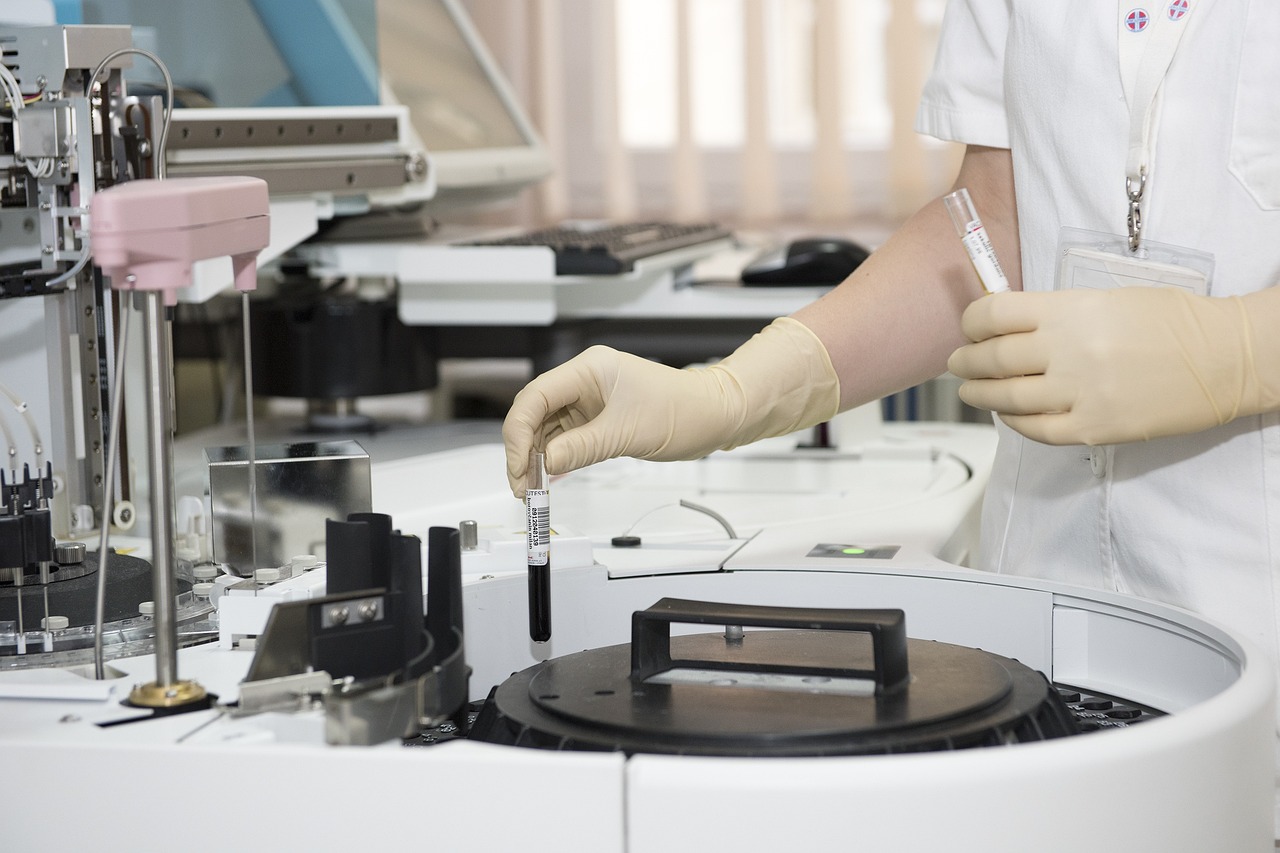What Is Pharmacovigilance? 4 Things You Need To Know
If you’re looking into a career in drug development, in the medical field, or interested in what makes a drug as safe as possible, you might wonder, ‘what is pharmacovigilance?’.
Every day thousands of people across the globe consume medical drugs such as paracetamol and ibuprofen, but how much do you know about the process involved in getting that drug from the test tube to your cupboard shelves?
In this article, we’re going to explore the top four things you need to know about pharmacovigilance. We’ll go over how it works, what it’s used for and why we need it.
Let’s get into it!
#1 What Is Pharmacovigilance Used For?
The World Health Organisation defines pharmacovigilance as “The science and activities relating to the detection, assessment, understanding and prevention of adverse effects or any other possible drug-related problem.”
Most drug developers will hire an external pharmacovigilance agency to help conduct checks for them as they create a new drug. These agencies will consult thousands of medical literature pieces, often using AI to help them, and analyse these for any safety issues that could be relevant to the developer’s drug.
Pharmacovigilance aims to help developers flag any possible issues with their drug before they begin testing or launching it. It helps to make it as safe as possible before they take it to trial, reducing the risk of failure or health issues.
#2 What Are SAEs?
In medical terminology, an SAE is a ‘Serious Adverse Effect’. These are defined as effects of medical drug usage which result in:
- Fatalities
- Life-threatening illness
- Inpatient hospitalisation
- Persistent or significant disability or incapacity
- Congenital anomalies or birth defects
Pharmacovigilance aims to protect patients from SAEs by lowering the risk before the drug reaches them.
By ensuring that medical literature containing details of similar drugs and ingredients is consulted in detail before release, developers can see where those who came before them discovered that a specific ingredient or chemical causes an SAE.
#4 When Do You Need Pharmacovigilance?
Though it may seem like you’d only need pharmacovigilance as you create a drug, this is only partially true. Most developers will need to employ pharmacovigilance long after the drug has been released to the public market.
This is because drugs can have long-term effects, with ingredients triggering reactions long after a person has taken them. Medical regulations are much stricter now, and it’s vital to have some constant safety upkeep to ensure that no long-term issues arise.
A notable example of why we need pharmacovigilance, and better drug safety is the Thalidomide scandal:
Drug Safety Case Study: Thalidomide
Take, for instance, the Thalidomide scandal of the 1950s and 60s.
Thalidomide was thought to be a safe drug after passing initial checks and was prescribed to pregnant women to treat anxiety, tension and morning sickness.
However, Thalidomide wasn’t tested on any pregnant women during trials, and when the women who prescribed the drug gave birth, many serious birth defects were found in the children.
As there wasn’t much pharmacovigilance at the time, a lot of this was drawn up to chance. It wasn’t until 1961 that the concern was noted in the medical literature. Before the drug was banned, over 10,000 babies were born with serious defects, and an extremely high number of miscarriages were reported.
The Thalidomide scandal is a testament to why we need high-quality pharmacovigilance and drug safety checks throughout a drug’s life. It’s not enough to prove that a drug is safe to take once or twice; it must be proven that with continued use, it will not cause any SAEs.
#5 What Happens If A Drug Isn’t Safe To Use?
If you’re a developer who submits your drug for pharmacovigilance and it comes back flagged for issues, you must return to developing it to make it as safe as possible before it can be taken to trial.
Pharmacovigilance is in place to protect the public – so there’s no use in trying to release a drug which has been proven to cause SAEs – it won’t make it best safety screenings and could result in heavy medical negligence lawsuits.
Pharmacovigilance does, however, allow you to make your drug better. So it should be used strategically during development to create a product which is as safe and effective as possible.
To Conclude,
Even if you’re not a drug developer, it can be useful to understand the process that ensures a drug is developed safely and remains safe throughout its use.
We hope we’ve answered your question of ‘What Is Pharmacovigilance?’ and give you some useful insight into drug development discourses.

